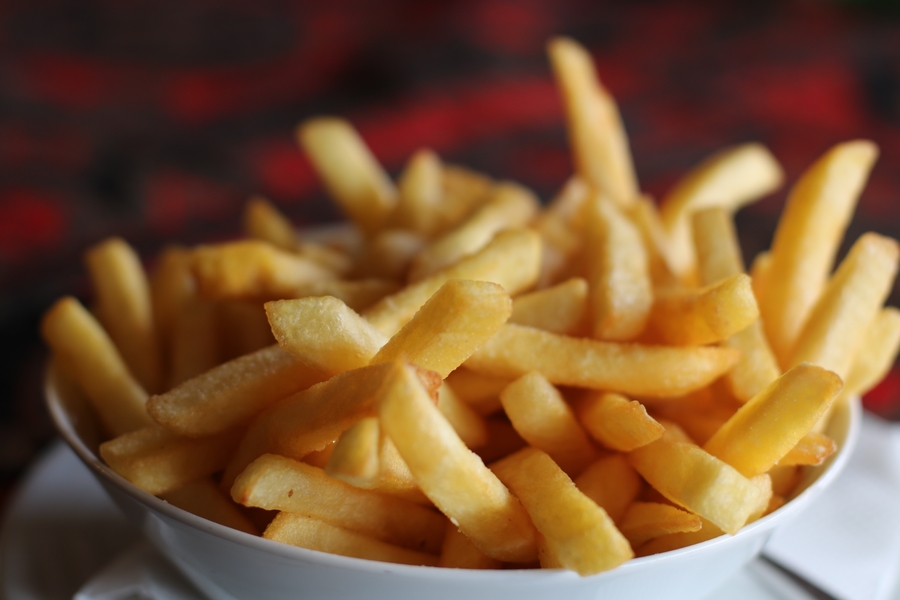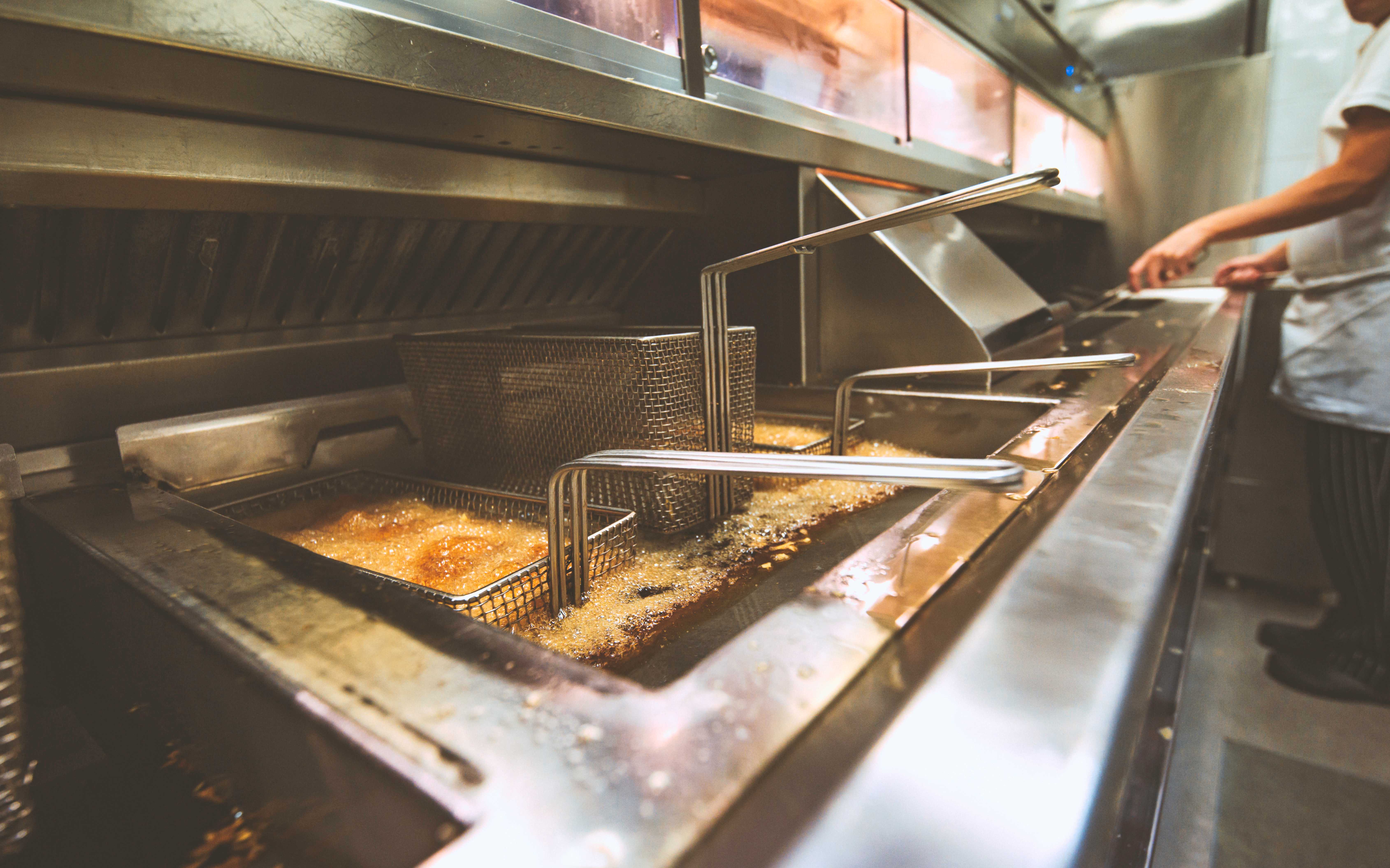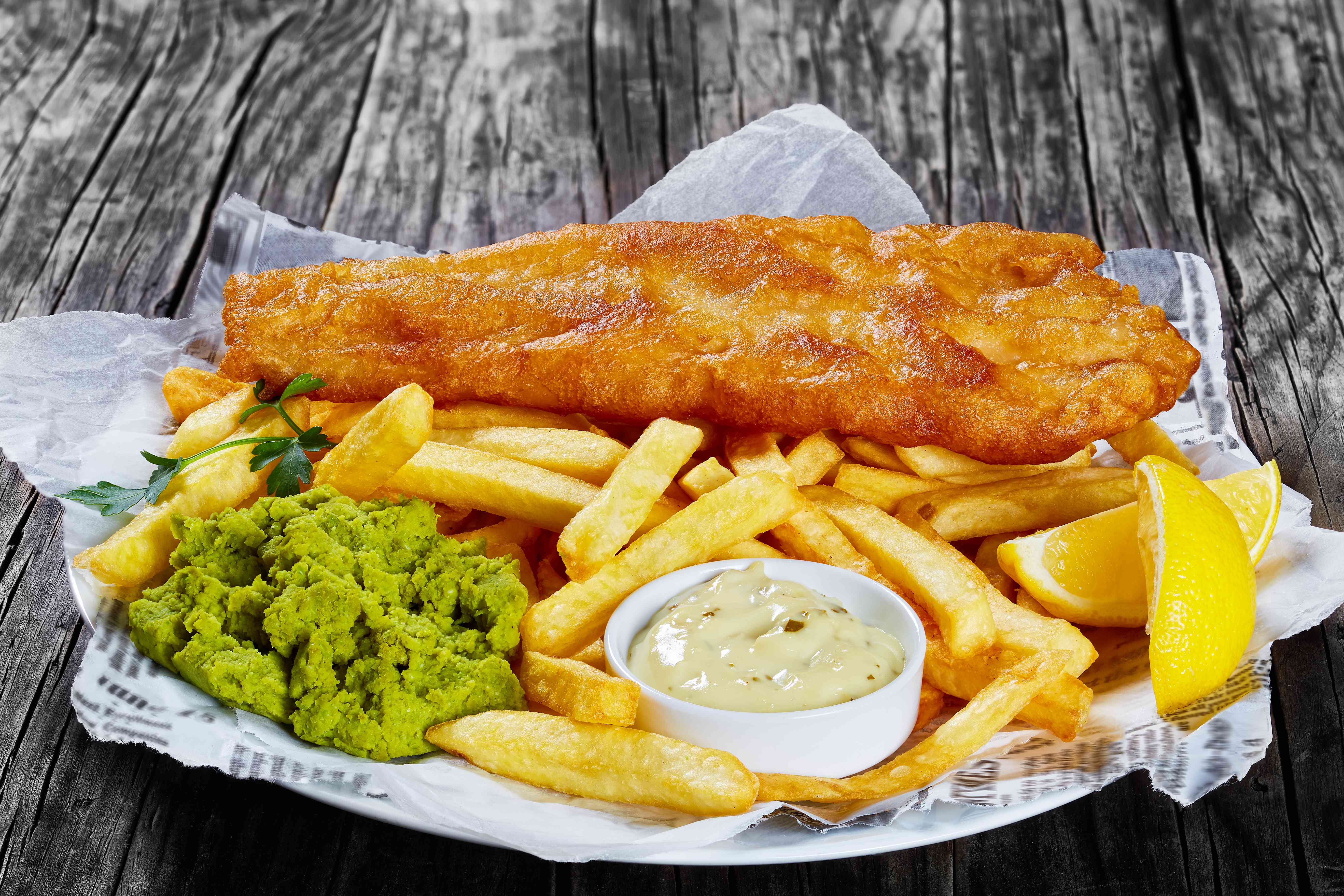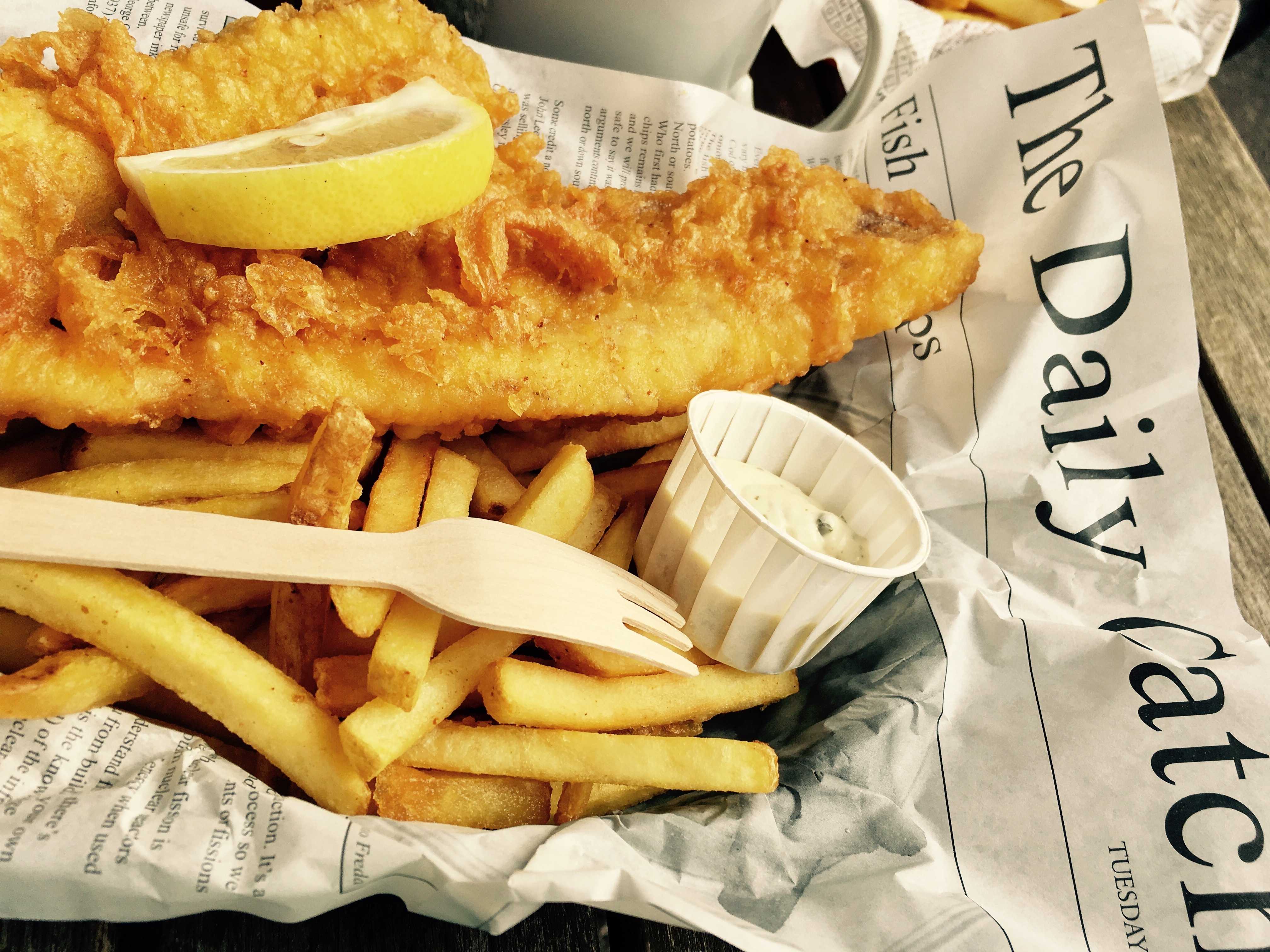Where would we be without our starchy friend, the potato? Whether you boil them, mash them or stick them in a stew, potatoes are a great accompaniment to almost every meal. Here at Frymax, we think that the best way to eat your potatoes is deep fried and doused in salt and vinegar. The history of chips spans more than 300 years. In that time the crispy, fluffy foodstuffs have spread across the globe, being served alongside meals from Los Angeles to Tokyo.
But let’s take it back to the beginning. Where did those humble fries come from? Why did we start serving them alongside battered fish? And what’s the real history of salt and vinegar on chips?
Belgian fries or French fries?
Belgium and France have a longstanding history of friendly competition. Where France has world-class wine, Belgium brings top quality beer, when it comes to comic books the Belgians have Tintin, the French have Asterix. There is, however, one creation that neither country is happy to graciously cede to the other: la frite.
Aside from the name, the French don’t really have much of a leg to stand on when it comes to claiming ownership of the fry. Even then, it’s likely to be a misnomer brought about by US soldiers who were served skinny chips by the locals while fighting in France during the First World War.
In Belgium, on the other hand, there is evidence of people deep frying sticks of potato as far back as the 1680s. In fact, these fried potatoes were actually created to replace fish in the winter months. When the water of the Meuse Valley would freeze over and prevent fishing in the winter months, locals would supposedly cut potatoes into the shapes of fish and fry them in fat, just as they would with small fish in the summertime.
If you’re ever in Bruges…
Make sure you visit the Frietmuseum in the centre of the city. This institution is the first and only museum in the world that is dedicated solely to the humble chip (or ‘frite’ in the local tongue). Housed in a beautiful 14th century building, the museum spans multiple floors and documents the journey of the potato from its origins in the prehistoric soil of Peru to the fryers of modern day humans. Each tour concludes with a generous portion of Belgian chips so you can taste all of that delicious history for yourself!
Whether truly Belgian or French in origin, the ‘french fry’ label has stuck outside of the UK and doesn’t seem to be going anywhere soon. But how did this 17th-century Belgian peasant dish come to be one of the defining features of British cuisine?
Enter the chip
Potatoes have been showing up in British food since they first arrived from the New World in the 16th century. There are recipes from historical cookbooks make references to chip-like products through the years following the potato’s introduction to England, but the first recorded use of the word chip occurred in 1859.
It was renowned author Charles Dickens who was first to write about the “husky chips of potatoes, fried with some reluctant drops of oil” in A Tale Of Two Cities. While Dickens might have been the first to make a clear cut reference to chips, we’ll unfortunately never truly know the origin of this quintessentially British style of fried potato.
There are a number of regions that have claimed to have been the first to make chips in the UK. During the industrial revolution, it seemed as though every northern town was jumping on the fried potato bandwagon, but Oldham may well be the town that started it all. In fact, there’s a blue plaque in Oldham’s Tommyfield Market that proclaims the area to be the first place chips were fried.
Wherever they came from, by the turn of the 20th century chips were everywhere. Chips – alongside their seafaring counterparts – were so popular in the mid-1900s that they weren’t rationed during or after the Second World War. Churchill understood the position of chips in keeping morale high and described the food being sold at chip shops as “the good companions” of the British people.
Over 150 years after its creation the Belgian/London/Oldham invention continues to take the country by storm. Whether it’s those classic thick cut chips alongside your fish, some triple-fried breeze blocks of potato served at an upmarket gastropub, or skinnier chips piled high with doner meat we can’t see them going anywhere soon.
How about salt and vinegar?
So we’ve covered the colourful history of chips but how did salt and vinegar come into the equation? The history of salt and vinegar on chips is far less clear cut than the creation of the chips themselves. When it comes to packets of crisps – the not-so-distant cousin of the chip – we know that salt and vinegar was one of the first flavourings to ever be added. In 1954, Joe Murphy founded Tayto Crisps and released cheese & onion and salt & vinegar crisps. Before Murphy’s innovation, the only flavouring available for crisps was salt, and even that had to be added separately, similar to Walkers’ Salt ‘n’ Shake.
We know very little about when salt and vinegar was first paired with fish and chips, but we can presume that it’s been used for a very long time. Malt vinegar was common in homes, restaurants and pubs well before any references to chips were made and, while expensive, salt was essential for preserving and flavouring.
Whether it’s always been a staple, or if it’s a more recent addition to our fried potato friends, salt and vinegar continues to be a favourite pairing for some of our favourite food up and down the country.
Here at Frymax, we’re proud to be a part of the illustrious history of frying chips. We’ve been supplying chip shops with top-quality frying oil for more than 60 years and we’re still going strong. To find out more about what we do, get in touch today.
Become a Frymax member today to gain access to exclusive content, expert frying advice and the chance to enter our fantastic competitions.






